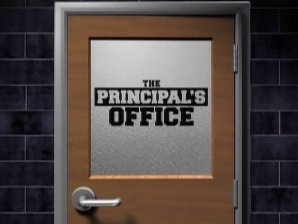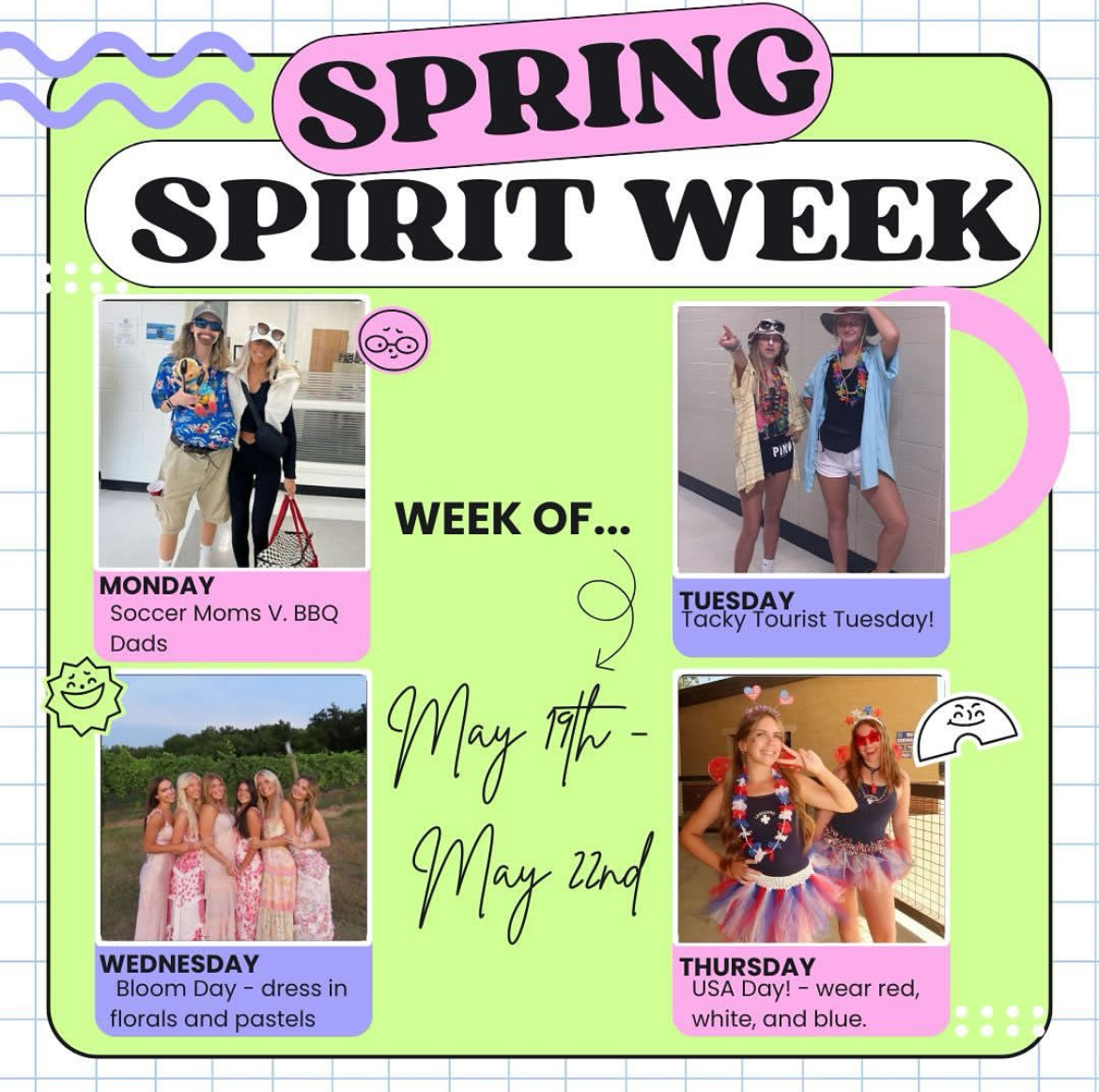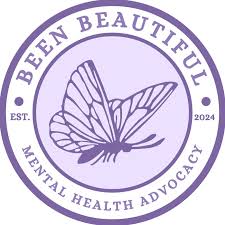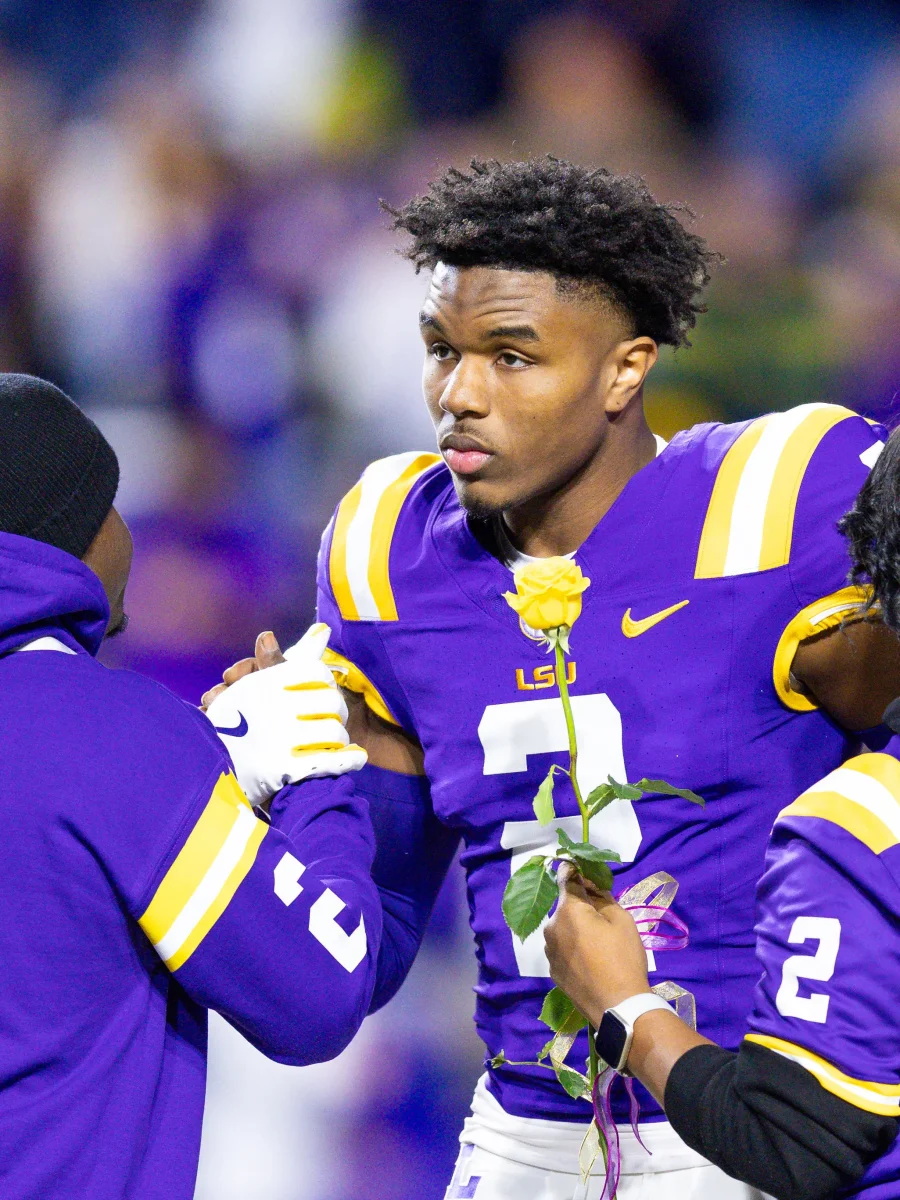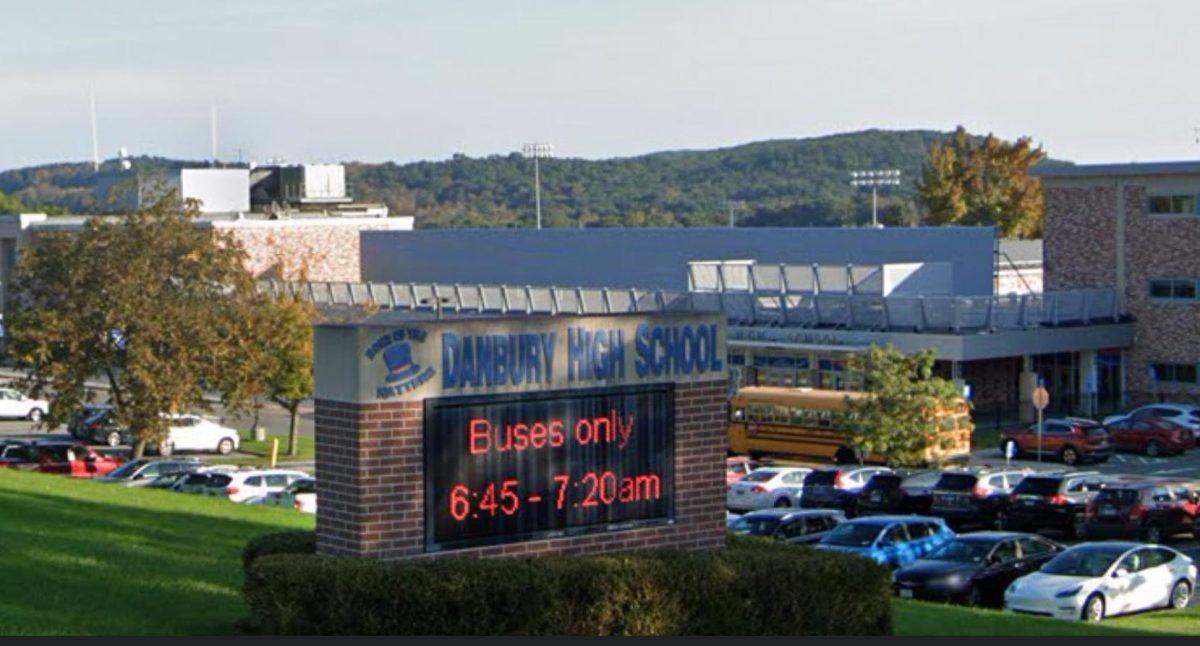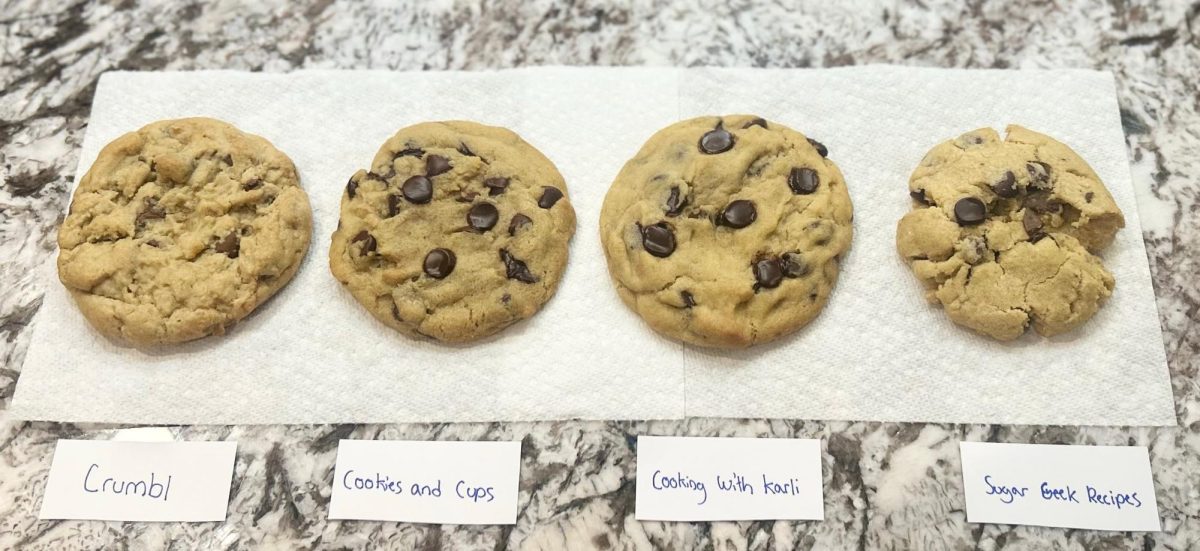Students in school are often shocked to find out that they have limited rights during the school day, but that is actually the case. Students do not shed all of their rights the second they enter the building, but they are limited in some aspects of their rights. However, school districts are still responsible for protecting their students’ civil liberties.
According to the ACLU (American Civil Liberties Union), students do have free speech rights and private property rights in some capacity. There have been multiple landmark Supreme Court cases in which students have had their rights defended, but also multiple cases where schools have set precedent to bypass their rights. One such example is Tinker vs. Des Moines from 1969, where three students were suspended for wearing armbands to protest the Vietnam War. When the case reached the Supreme Court, the Court decided in favor of the students, citing that while the school has the right to stop students when it is a disruption to the school, they cannot be suppressed if it is not a disruption.
Following the precedent set by Tinker vs. Des Moines, Hazelwood vs. Kuhlmeier focuses on students’ freedom of speech and how those rights are adjusted for a school publication. In this case, students in Hazelwood High School’s Journalism II class wrote a story about their peers’ experiences with teen pregnancy as well as the impact of divorce. Before releasing the paper, the principal edited it to remove the story, deeming it inappropriate. As a result, the students appealed to a district court in Missouri, which sided with the principal. The case went on to the U.S. Court of Appeals for the Eighth Circuit, which reversed the ruling. According to Oyez, the school appealed to the Supreme Court, and they sided with the district court and the school, stating that educators did not violate the 1st Amendment by editing the content so long as their actions were “reasonably related to legitimate pedagogical [teaching] concerns.”
Another landmark case that shaped students’ rights in school is New Jersey vs. T.L.O. from 1985, which deals with the 4th Amendment and students’ rights to private property while in school. In this case, T.L.O. was found smoking in the bathroom and was searched, where drug paraphernalia was found, along with a list of people that owed her. The case was ruled in favor of the school district. T.L.O. appealed to the Superior Court of New Jersey, which overturned the prior ruling. Then, the school brought the case to the Supreme Court, which ruled again in favor of the school. This sets precedent that while the 4th Amendment is still applied in schools and students should expect privacy in schools, schools can use probable cause to search students when deemed necessary without a warrant.
Public schools have the responsibility to create a safe learning environment for their students. They are responsible for upholding students’ rights, but in exchange, their rights are limited to some extent in order to maintain that learning environment. However, students should expect their rights to be protected, and there are resources available for students who feel that their rights are infringed upon.






